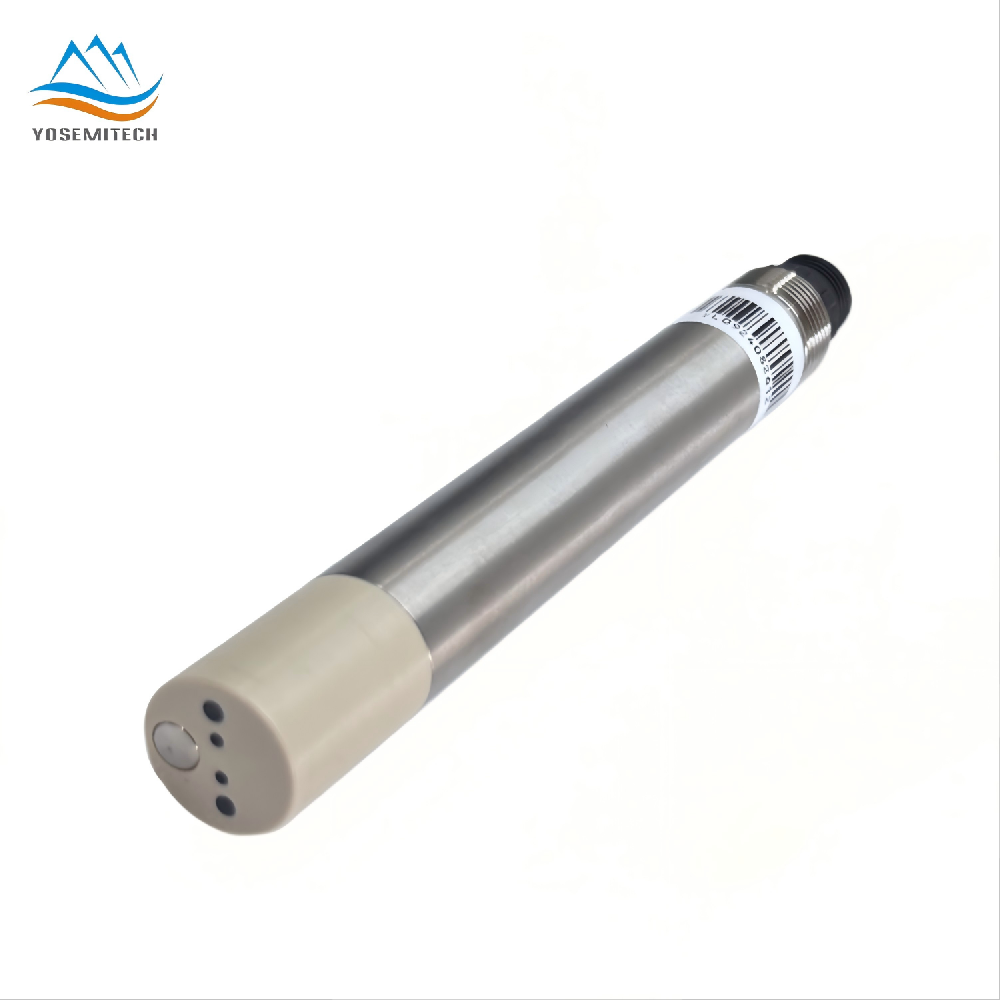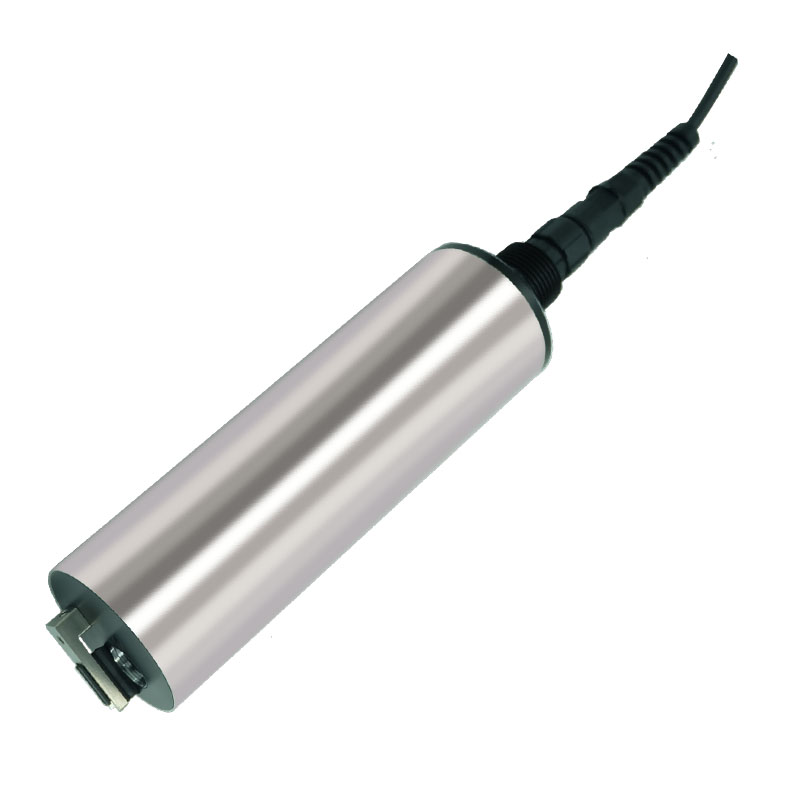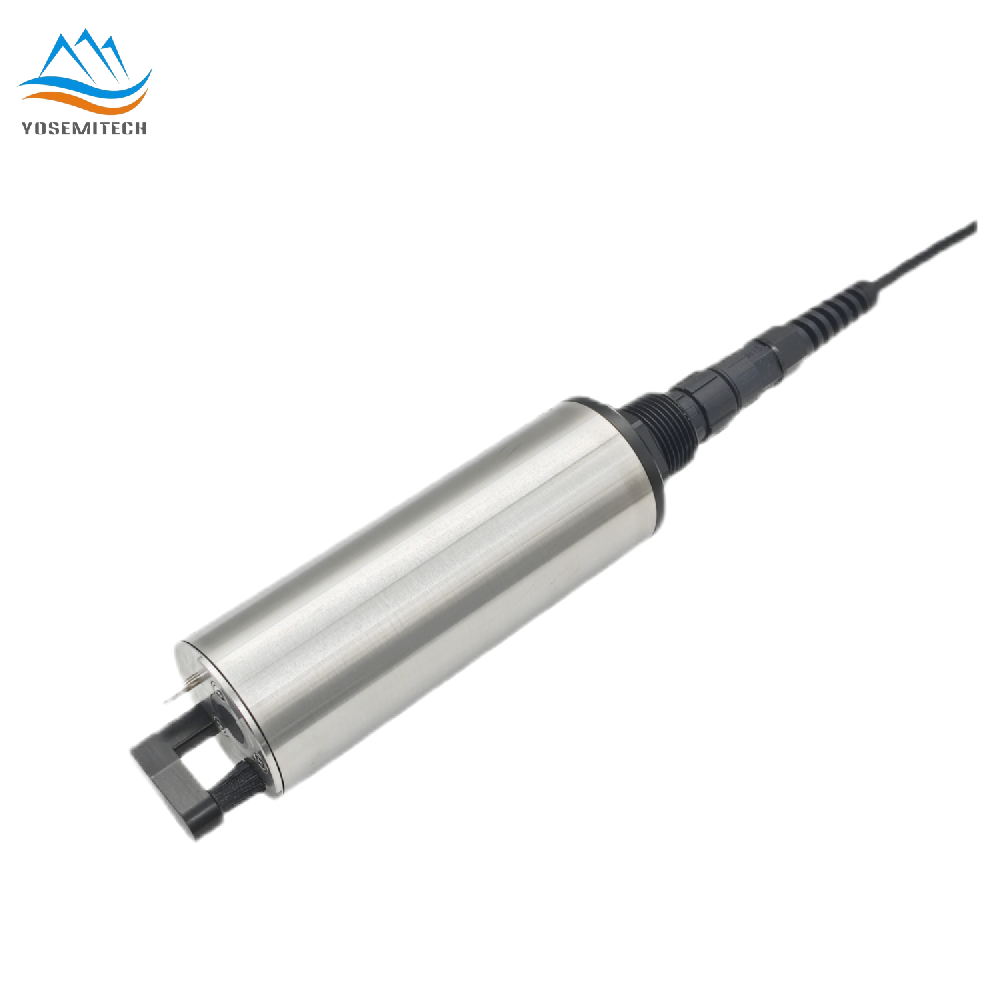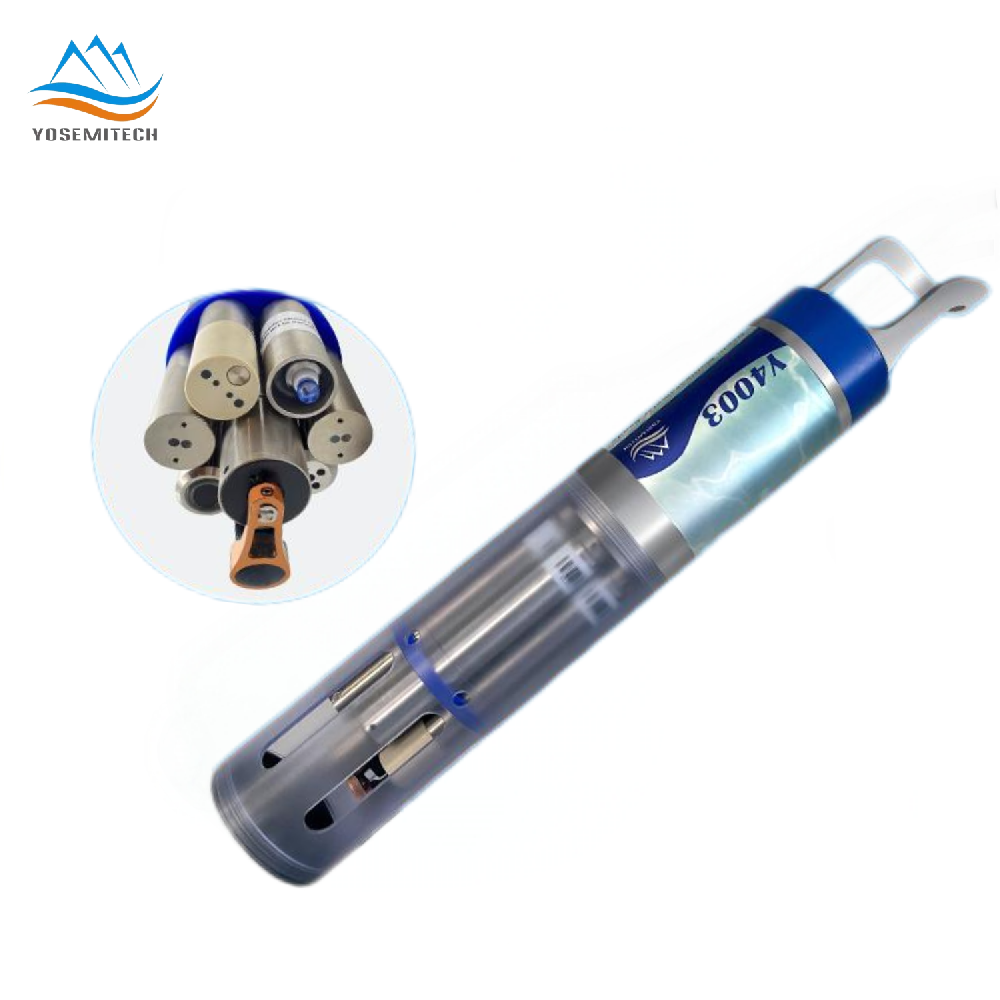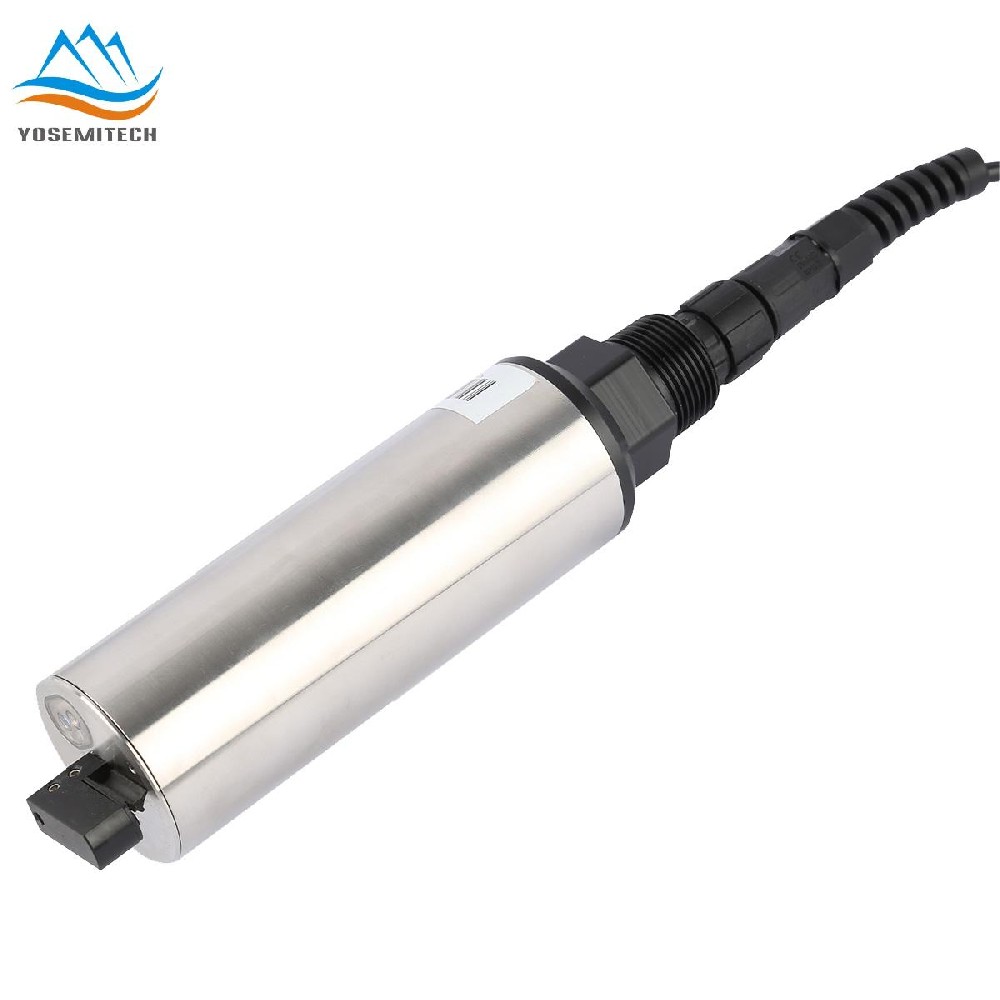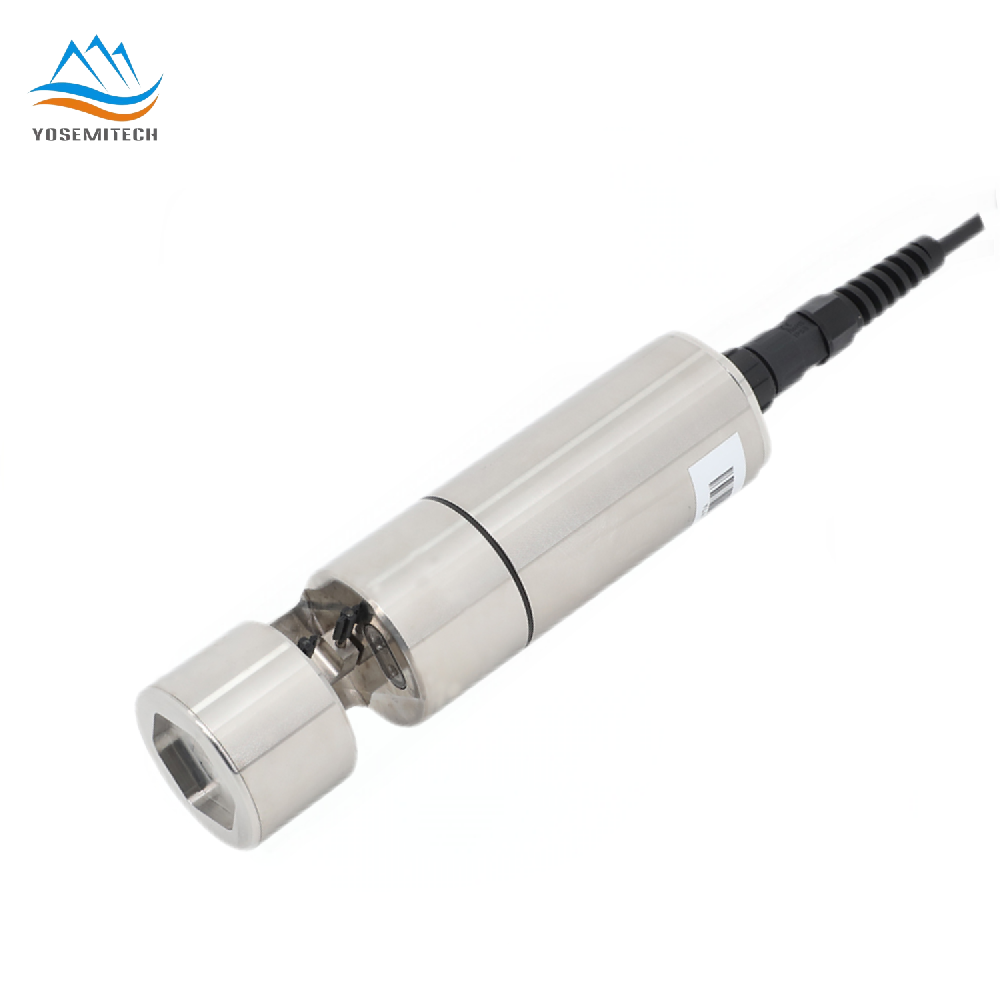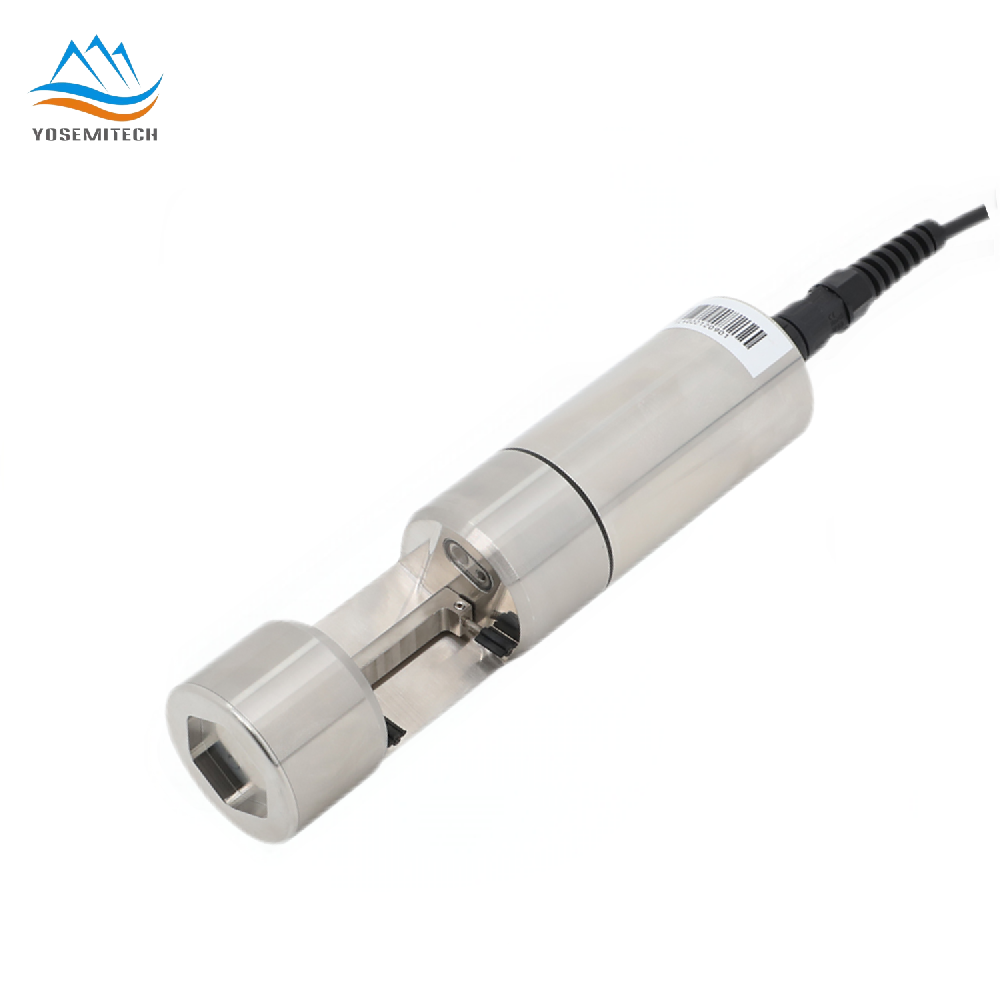Industry news
How Water Level Probes Work: A Comprehensive Guide
Writer: admin Time:2024-10-25 14:15:22 Browse:1454℃
Water is one of our most vital resources, essential for life and integral to various industries. Monitoring water levels is crucial for efficient resource management, safety, and environmental sustainability. This comprehensive guide delves into how water level probes operate, the different types available, their applications.

What is Water Level, and Why Do We Need to Measure It?
Water level measurement refers to determining the depth or volume of water in a particular location, such as a tank, a natural water body, or an industrial reservoir. Accurate water level measurement is essential for several reasons:
Resource Management: Ensures optimal usage and distribution of water in agricultural, industrial, and domestic settings.
Flood Prevention: Helps predict and manage flooding events by monitoring river and reservoir levels.
Environmental Protection: Assists in maintaining ecological balance by monitoring water levels in natural habitats.
Infrastructure Safety: Ensures the structural integrity of dams, levees, and other water-related infrastructure by monitoring water pressure and levels.
What is a Water Level Sensor?
A water level sensor is an instrument designed to measure the quantity of water in a specific area. These sensors play a critical role in various applications, from industrial processes to household water tanks, providing real-time data that helps manage water resources effectively.
Water level sensors can be simple devices that measure water height or sophisticated systems that provide detailed data on water volume and flow rates. They are crucial for automating water management systems, enhancing efficiency, and reducing manual monitoring.
Types of Water Level Sensors
There are several types of water level sensors, each suited to different applications and environments. Here are some of the most common types:
Float Water Level Sensors
Working Principle: Uses a buoyant object (float) that rises and falls with the water level, mechanically linked to a potentiometer or switch.
Applications: Common in household and industrial water tanks for simple level detection.
Conductive Water Level Sensors
Working Principle: Measures the electrical conductivity between electrodes. As water conducts electricity, the presence of water completes the circuit, indicating a water level.
Applications: Ideal for detecting the presence or absence of conductive liquids, often used in sump pumps and aquariums.
Capacitive Water Level Sensors
Working Principle: Detects changes in capacitance caused by changes in water level. The sensor consists of two conductive plates, and the capacitance between them changes with the water level.
Applications: Suitable for non-contact level measurement in tanks and containers.
Ultrasonic Water Level Sensors
Working Principle: Uses ultrasonic waves to measure the distance to the water surface, calculating the water level based on the time it takes for the sound wave to return.
Applications: Ideal for non-contact measurement in open water bodies and tanks.
Radar Water Level Sensors
Working Principle: Similar to ultrasonic sensors but uses radio waves. It measures the time it takes for the waves to return after hitting the water surface.
Applications: Used in harsh environments where temperature and pressure variations are present.
Working Principle: Measures the pressure exerted by the water column above the sensor. The pressure is directly proportional to the water level.
Applications: Common in deep wells and groundwater monitoring.
Application of Water Level Probes
Water level probes are used in a wide range of applications, including:
Agriculture: Monitoring irrigation systems to ensure efficient water use and prevent waterlogging.
Industrial Processes: Managing water levels in storage tanks, boilers, and cooling towers.
Flood Management: Monitoring river and reservoir levels to predict and manage flood events.
Environmental Monitoring: Tracking water levels in lakes, rivers, and wetlands to study ecological changes.
Residential Use: Ensuring optimal water levels in household tanks and preventing overflow.
Infrastructure Management: Maintaining safe water levels in dams, levees, and bridges to ensure structural integrity.
Conclusion
Water level probes are indispensable tools in modern water management, offering accuracy and reliability in monitoring water resources across various sectors. By understanding how these sensors work and their applications, we can harness their potential to improve efficiency, safety, and sustainability in water management practices.
In conclusion, whether for flood prevention, environmental monitoring, or industrial processes, water level probes provide critical data that helps us manage our most precious resource effectively. As technology advances, we can expect even more innovative solutions to emerge, further enhancing our capability to monitor and manage water levels with precision.
CATEGORIES
CONTACT US
Yosemitech Technologies Co., Ltd
 +86 19984844080
+86 19984844080
 sales@yosemitech.com
sales@yosemitech.com
 Bldg,25,CECEP Industrial Park, No. 18 Dongchang Rd. Suzhou Industrial Park, Jiangsu Province,China 215126, China
Bldg,25,CECEP Industrial Park, No. 18 Dongchang Rd. Suzhou Industrial Park, Jiangsu Province,China 215126, China
